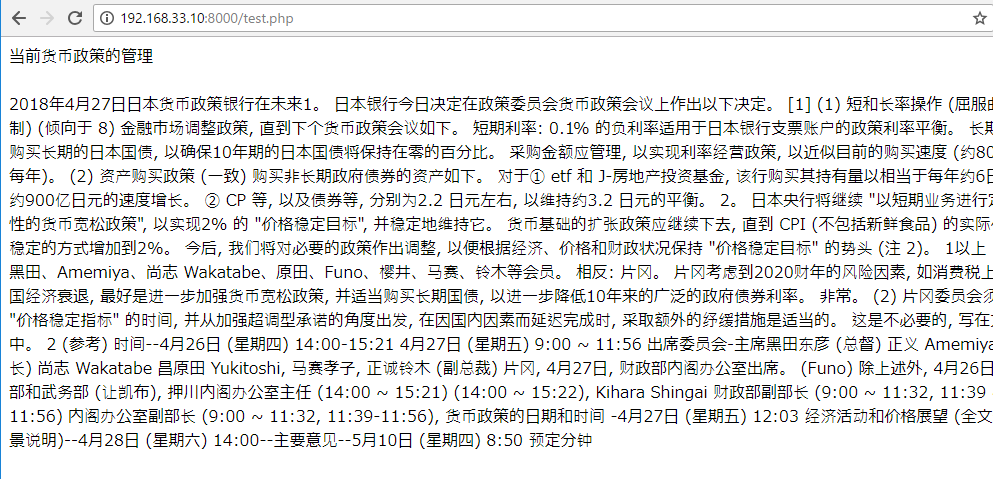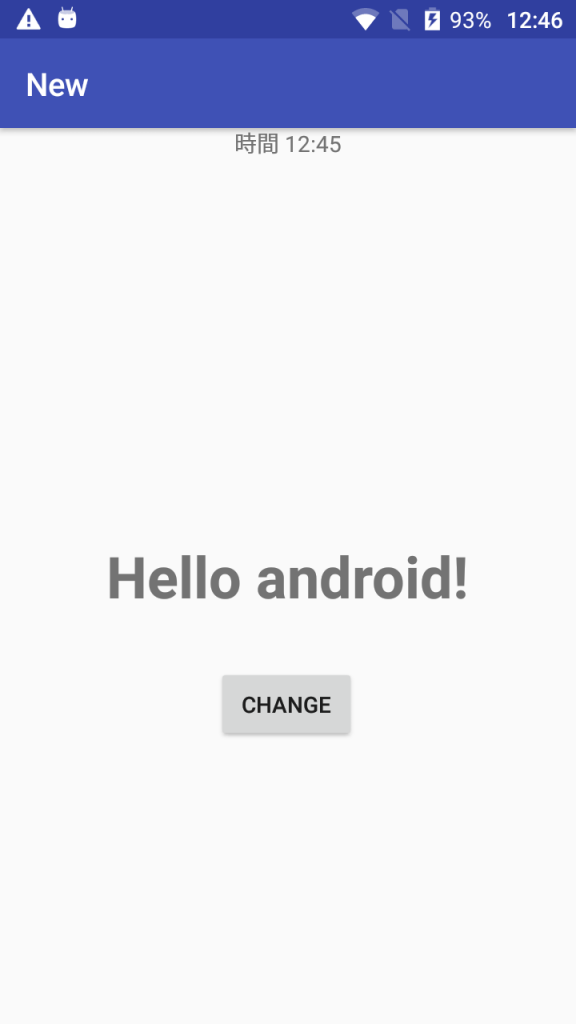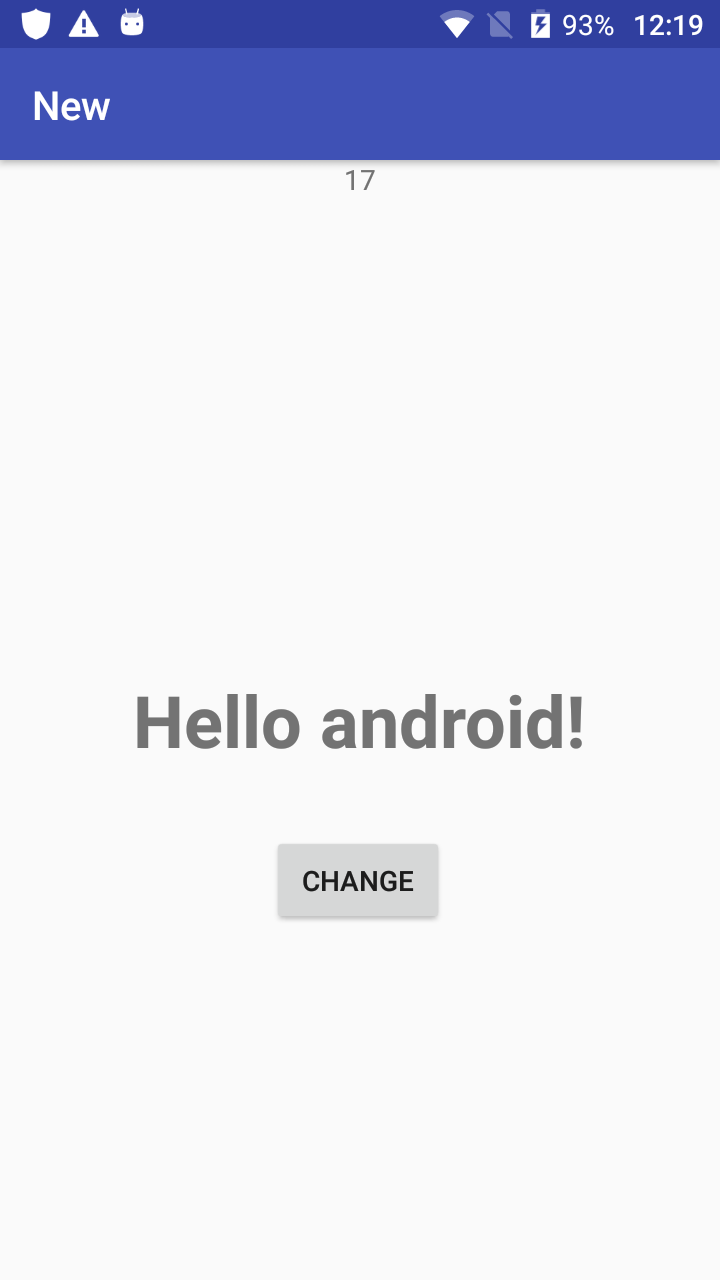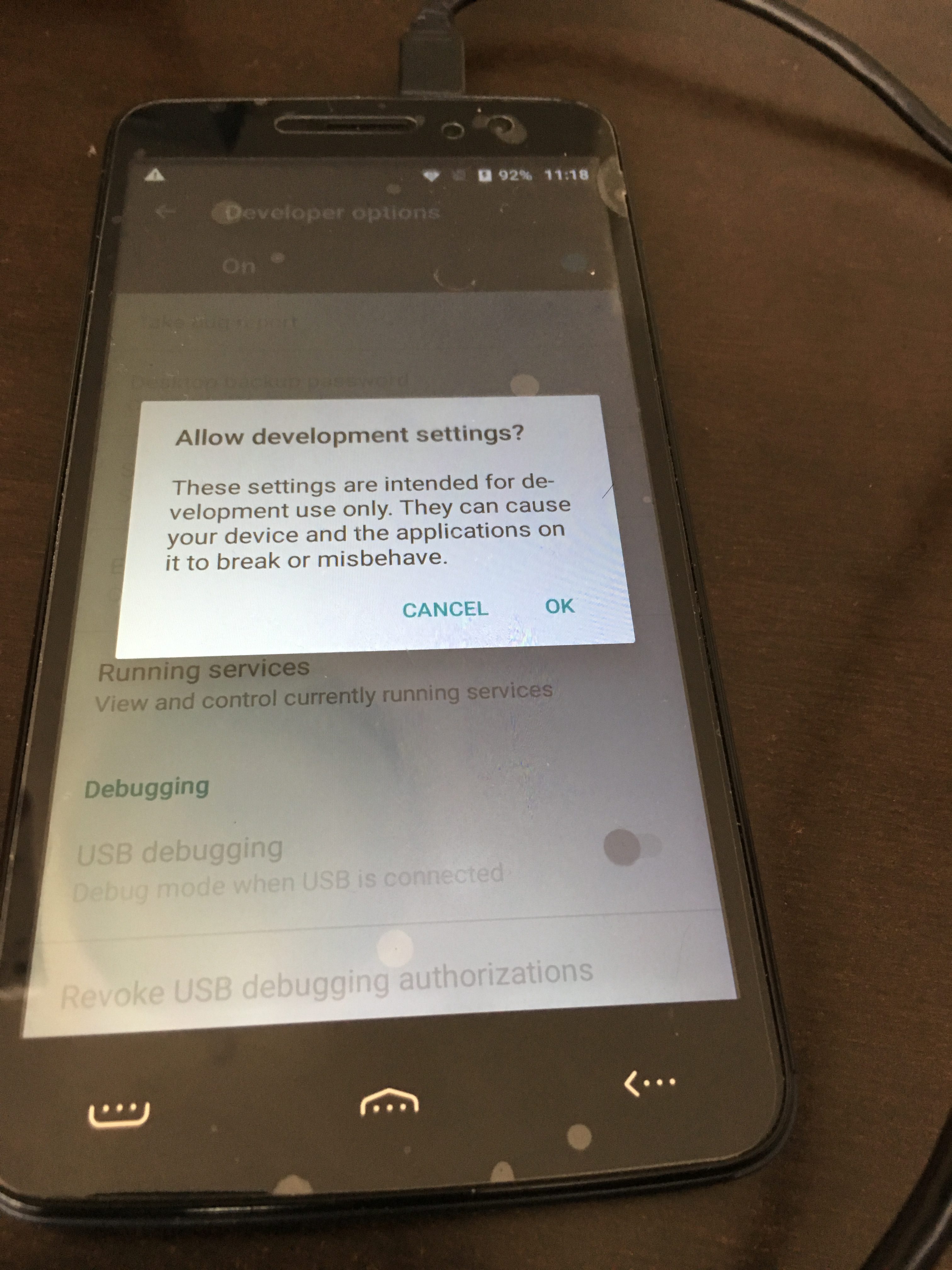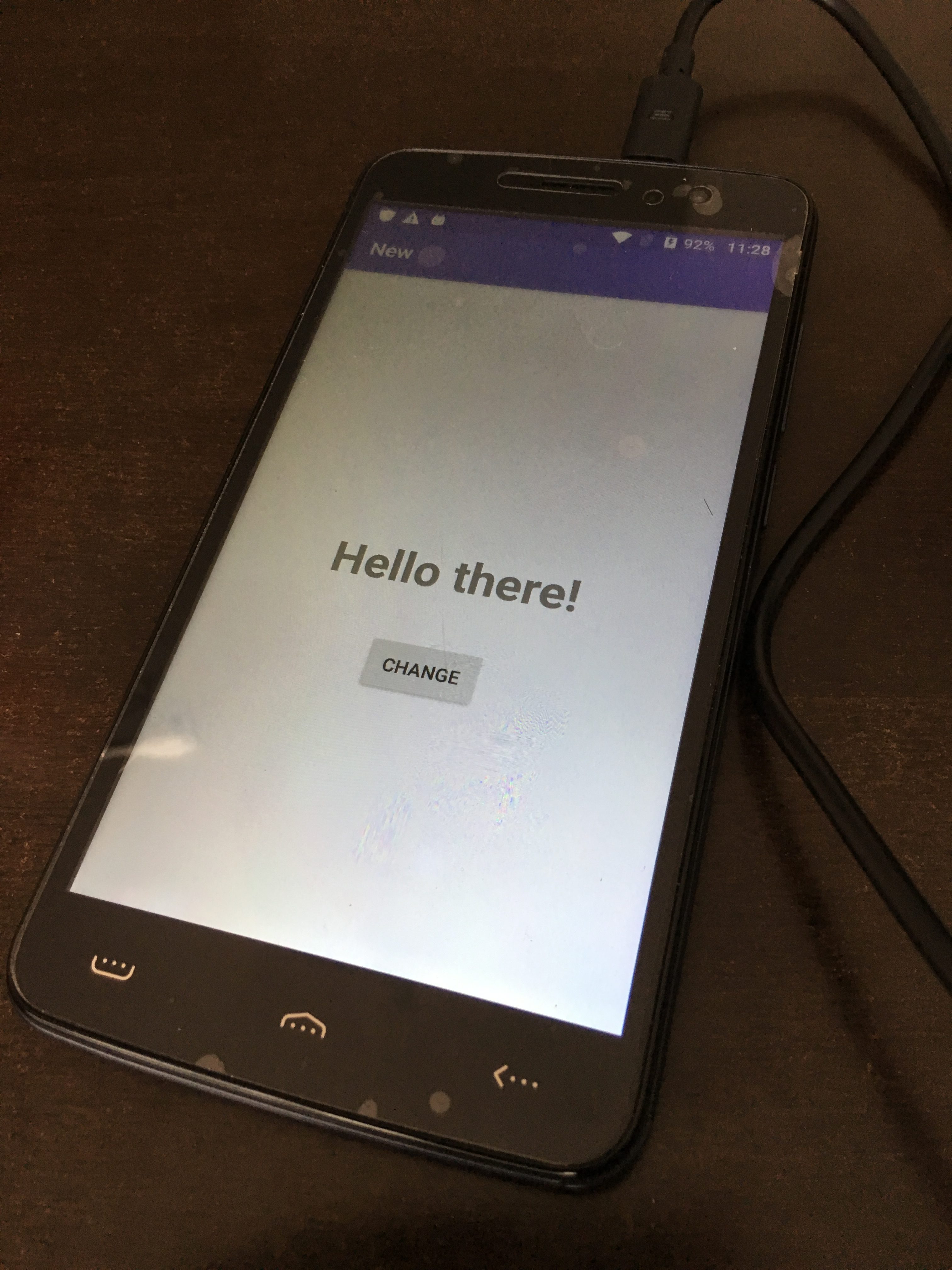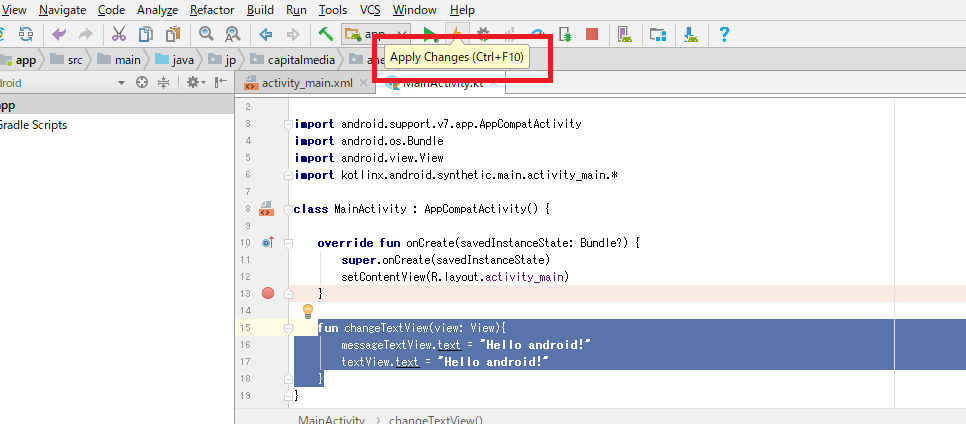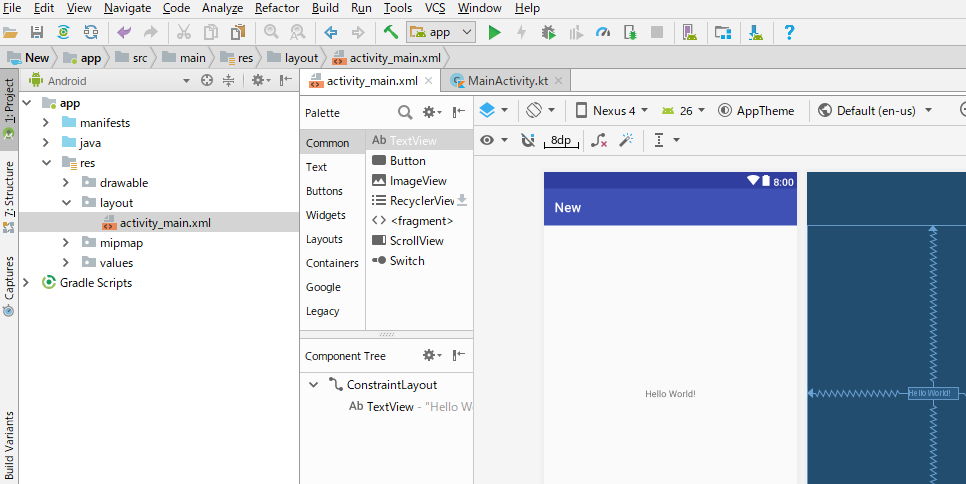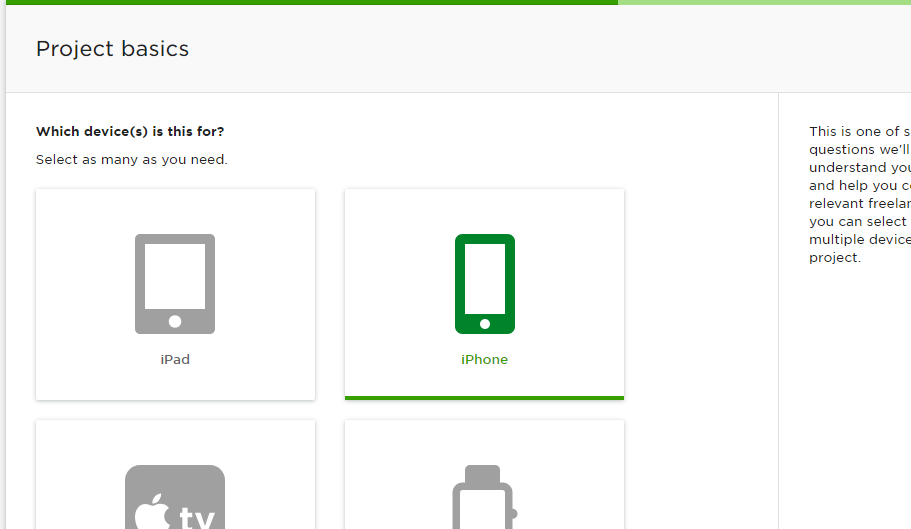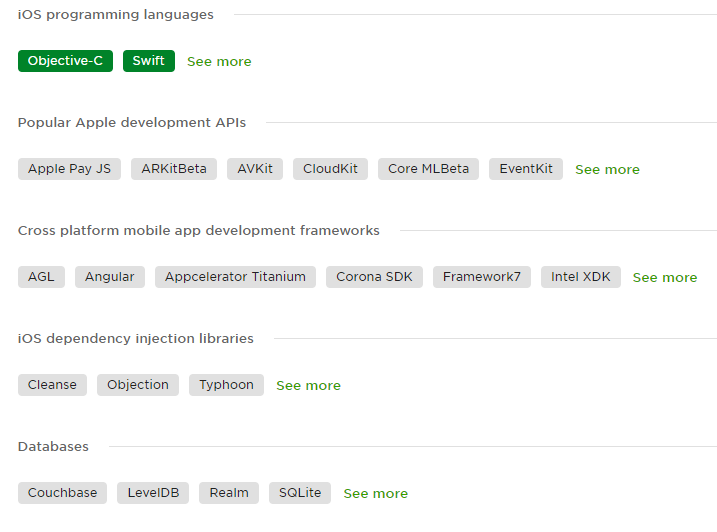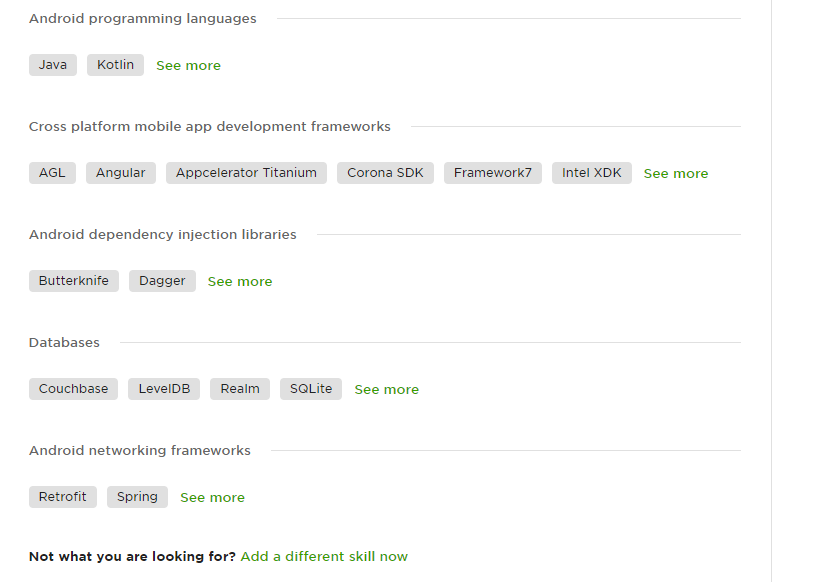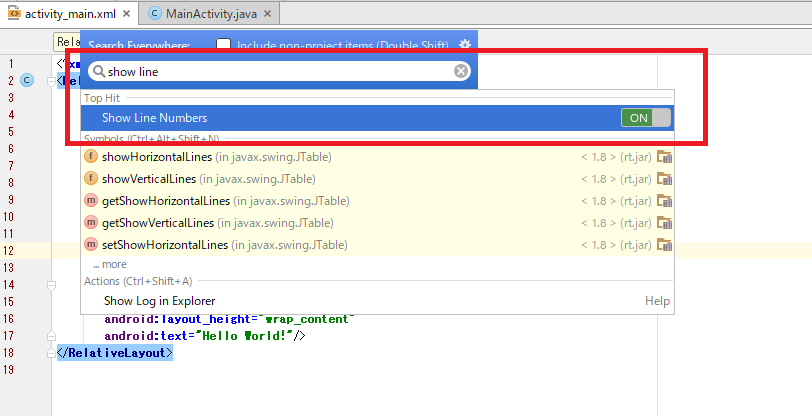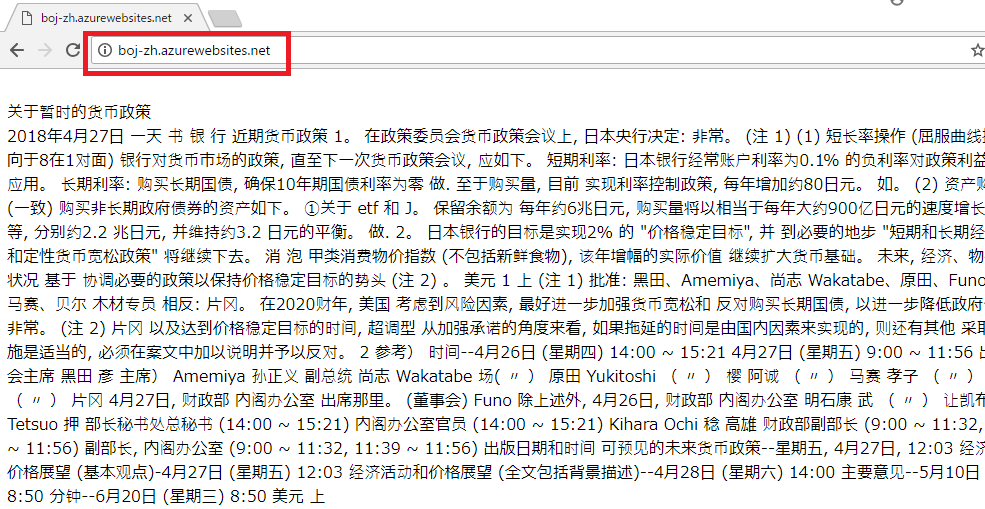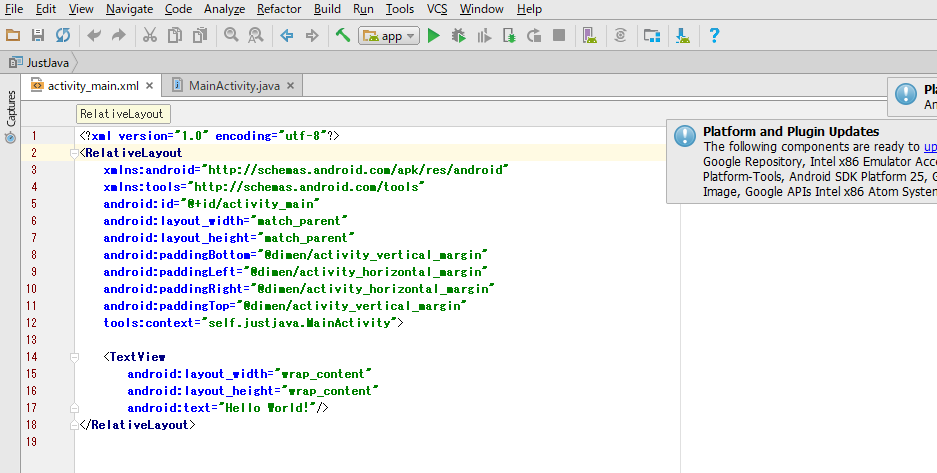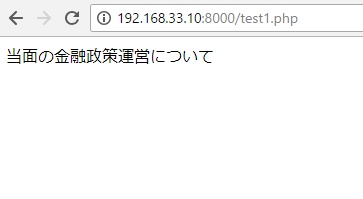最新バージョンだけなら、難なくいけますね。
$text = $titles[0]."<br><br>";
foreach(glob("file/".$y."/{*.txt}",GLOB_BRACE) as $file){
if(is_file($file)){
$files[] = htmlspecialchars($file);
}
}
// var_dump($files);
$file = fopen($files[0], "r");
if($file){
while ($line = fgets($file)){
$text .= $line;
}
}
fclose($file);
$key = '';
$host = "https://api.cognitive.microsofttranslator.com";
$path = "/translate?api-version=3.0";
$params = "&to=zh";
if(!function_exists('com_create_guid')){
function com_create_guid(){
return sprintf('%04x%04x-%04x-%04x-%04x-%04x%04x%04x',
mt_rand(0, 0xffff), mt_rand(0, 0xffff),
mt_rand(0, 0xffff),
mt_rand(0, 0x0fff) | 0x4000,
mt_rand(0, 0x3fff) | 0x8000,
mt_rand(0, 0xffff), mt_rand(0, 0xffff), mt_rand(0, 0xffff));
}
}
function Translate ($host, $path, $key, $params, $content) {
$headers = "Content-type: application/json\r\n" .
"Content-length: " . strlen($content) . "\r\n" .
"Ocp-Apim-Subscription-Key: $key\r\n" .
"X-ClientTraceId: " . com_create_guid() . "\r\n";
$options = array (
'http' => array (
'header' => $headers,
'method' => 'POST',
'content' => $content
)
);
$context = stream_context_create($options);
$result = file_get_contents ($host . $path . $params, false, $context);
return $result;
}
$requestBody = array (
array (
'Text' => $text,
),
);
$content = json_encode($requestBody);
$result = Translate($host, $path, $key, $params, $content);
$json = json_decode($result);
$newtext = $json[0]->translations[0]->text;
echo $newtext;
ガンガンいきたいところだが、アプリ(android・iOS)のタスクがかなり重いので、translatorはひとまずこれをazureに載せるところまでとしたい。
